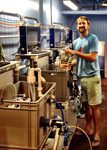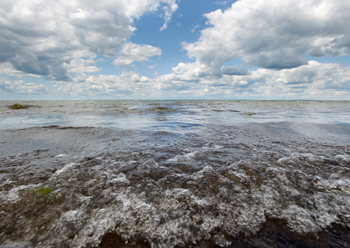
Recycling vs. Reducing CO2 : How to Frame the Issue of Ocean Acidification
Presenter: Alexis Bunten, The FrameWorks Institute
Primary Audience: Informal Educators & Communicators
Date/Time: Wednesday, Sept. 24th, 12pm PDT (3pm EDT)
Project website: http://www.frameworksinstitute.org/climate-change-and-oceans.html







